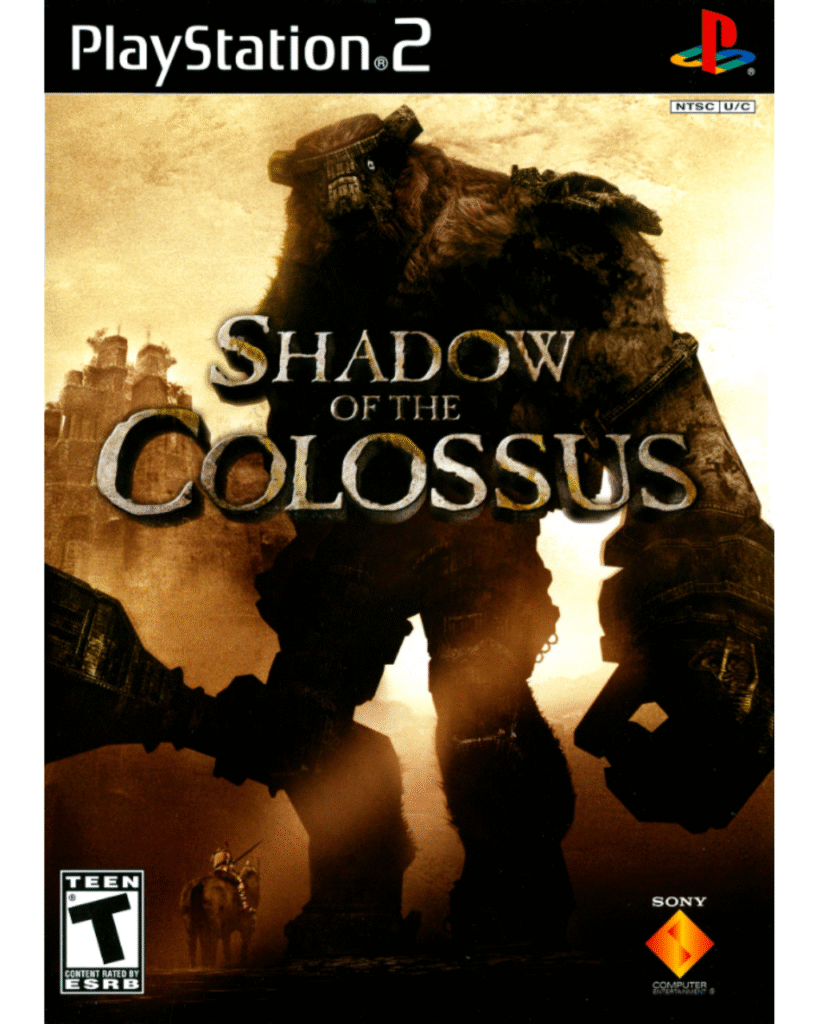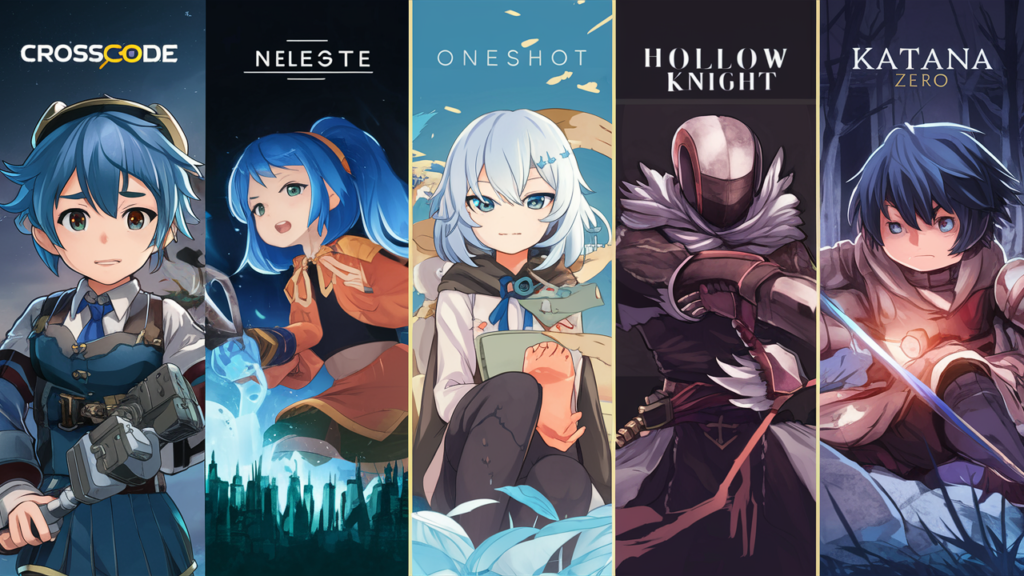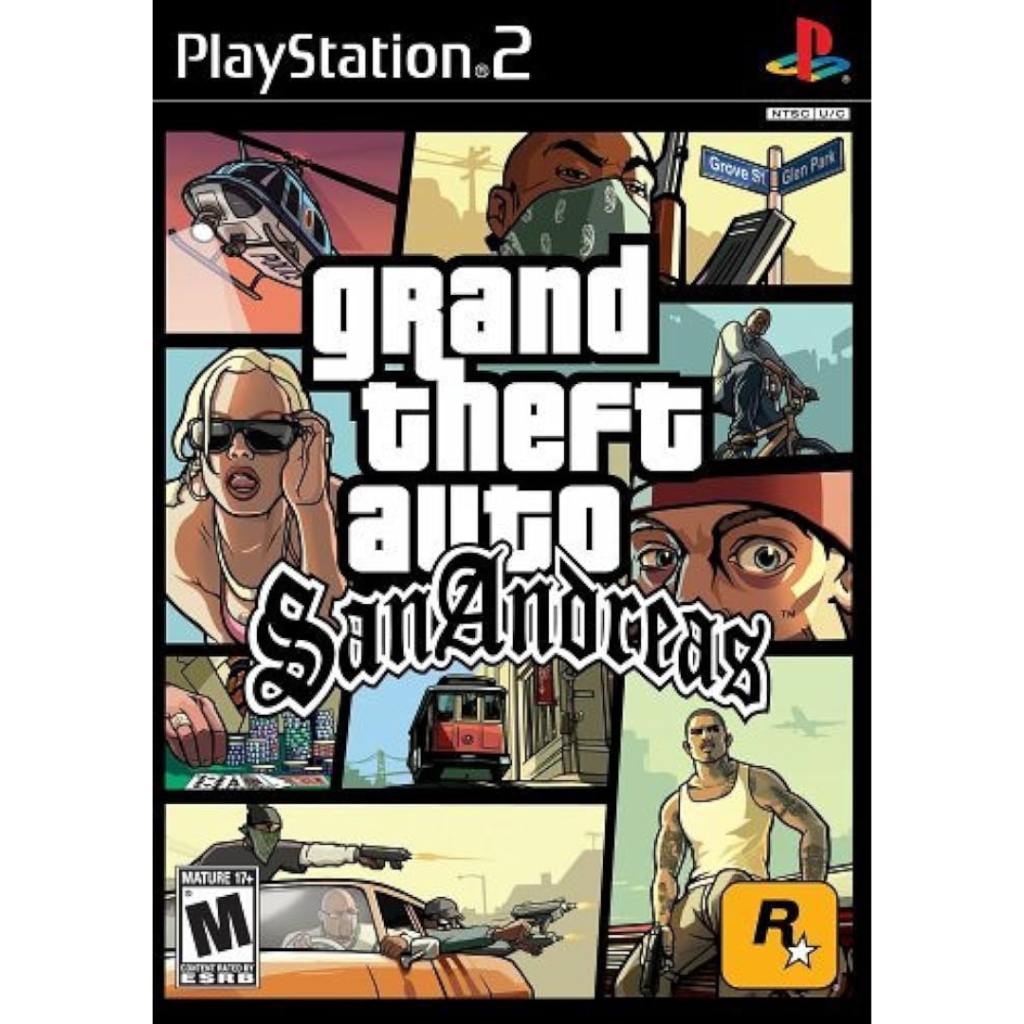
In 2005, Team Ico’s Shadow of the Colossus didn’t just release on PlayStation 2, it shattered expectations of what games could be. More tone poem than traditional action game, this minimalist epic transforms a simple quest (kill 16 giants to revive a lost love) into a meditation on sacrifice, violence, and the cost of devotion. With its desolate landscapes, emotionally resonant silence, and towering creatures that feel more sacred than monstrous, it remains a benchmark for artistic game design nearly two decades later.
Gameplay: A Pilgrimage of Violence and Doubt
The premise is deceptively simple: as Wander, a young warrior, you journey across the Forbidden Lands to slay 16 Colossi at the behest of a shadowy entity named Dormin, who promises to resurrect Mono, the woman Wander loves. But this isn’t a hack and slash power fantasy, it’s a series of tragic puzzles:
Each Colossus is a Level: From the soaring avian Avion to the subterranean Dirge, no two fights are alike. You must climb, stab, and survive, learning their weaknesses through observation and intuition.
The Weight of Every Kill: Unlike most games, victory doesn’t feel triumphant. The Colossi whimper, collapse, and dissolve into black tendrils, while Wander himself grows visibly sicker with each kill.
The Loneliness of the Forbidden Lands: Barren except for your horse Agro and the ruins of a dead civilization, the world feels haunted by its own emptiness. The controls are deliberately heavy Wander stumbles, Agro resists tight turns but this physicality grounds the experience, making every leap onto a Colossus feel earned.
Narrative & Themes: A Silent Tragedy
Shadow of the Colossus tells its story without cutscenes or exposition. The emotional weight comes from:
Wander’s Obsession – His refusal to speak (only gasps, cries, and grunts) makes his devotion to Mono all the more haunting.
Dormin’s Bargain – The voice of the ancient entity grows stronger with each kill, whispering cryptic warnings. Are you the hero or the fool?
The Forbidden Lands – A character in itself, littered with crumbling temples and sunken roads that hint at a cycle of doomed resurrections.
The game’s central question lingers – Is love worth corruption? By the finale a twist that re-contextualizes everything the answer is devastating.
Art & Sound: A Bleak, Beautiful Dream
Visuals: Pushing the PS2 to its limits, the game’s washed-out greens and grays feel like a fading memory. The Colossi part stone, part living creature move with eerie weight.
Sound Design: Wind, hoofbeats, and distant echoes fill the silence. The orchestral score (by Kow Otani) swells only during battles, making each encounter feel mythic.
Animation: Wander clings desperately to fur, Agro stumbles realistically, and the Colossi die in slow motion every movement feels deliberate.
Legacy: The Birth of a Genre
Shadow of the the Colossus inspired:
Modern epics (The Last Guardian, Breath of the Wild)
Indie darlings (Journey, Praey for the Gods)
Film and TV (its DNA is in Attack on Titan’s towering horrors)
Its PS4 remake (2018) proved its visuals were timeless, but the PS2 original’s rough edges add to its melancholy charm
Final Verdict: A timeless pilgrimage of sacrifice and sorrow that will carve itself into your soul
★★★★★ (5/5)
Shadow of the Colossus isn’t just a game, it’s an interactive elegy. A masterpiece that asks you to feel every kill and leaves you hollowed out by its ending.
Best For:
Players who want poetry, not just action.
Flaws (If You Must Nitpick):
Camera Struggles – In tight spaces, it can fight you as hard as a Colossus.
Janky Controls – Purposely heavy, but still frustrating during precision jumps.
Skip If: You need constant stimulation or happy endings.


